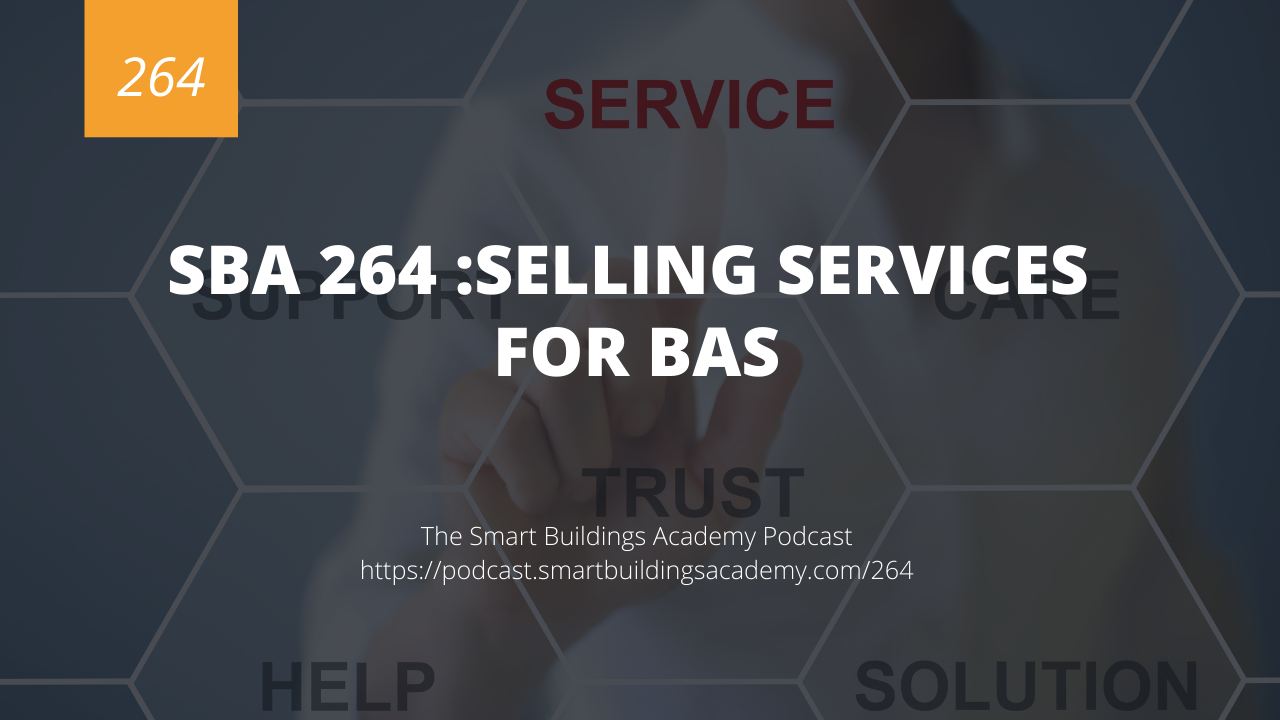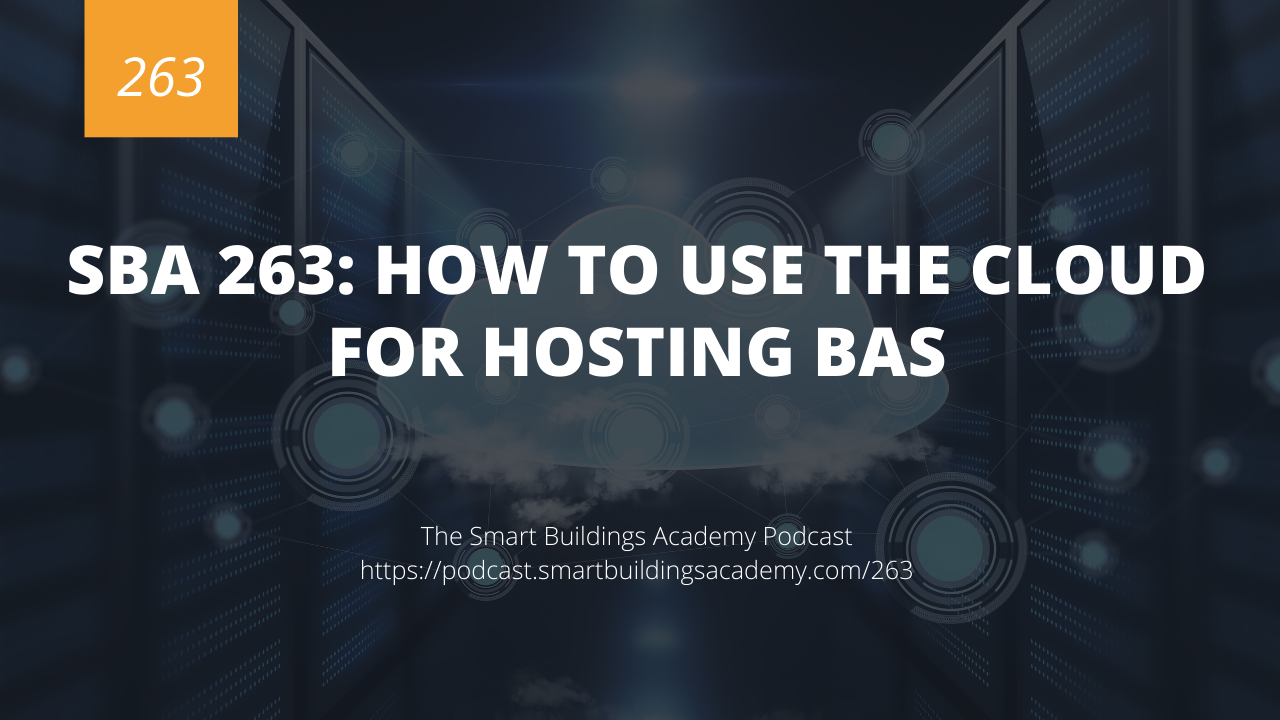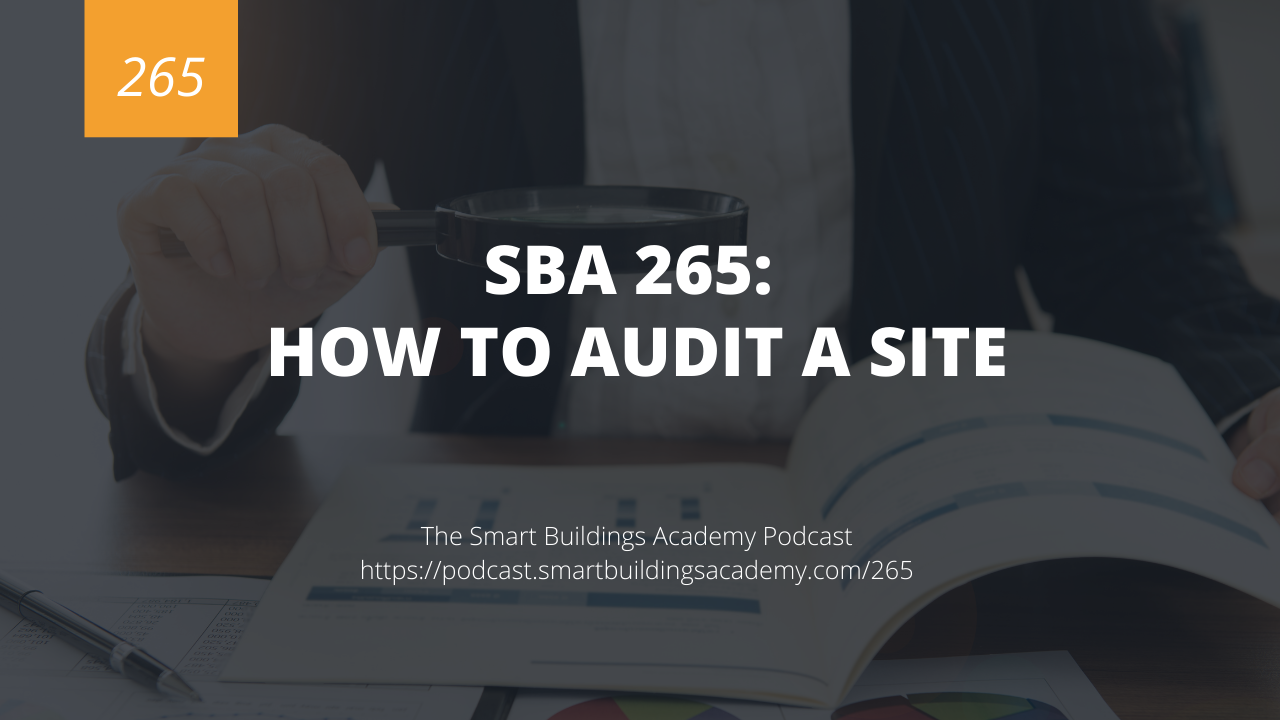In this episode we discuss how to sell services to your building automation customers.
Click here to download or listen to this episode now.
Resources mentioned in this episode


Transcript
Phil Zito 0:00
This is the smart buildings Academy podcast with Phil Zito Episode 264. Hey folks, Phil Zito here, and welcome to Episode 264 of the smart buildings Academy podcast. And in this episode we are going to discuss selling services for a building automation system. Alright, as always, everything that we discussed will be found at podcast smart buildings academy.com for slash 264. And this episode is sponsored by Cohort Two of our sales boot camp. If you are looking to learn more about building automation sales, and you want a course that's specific to the act of selling a building automation system and not sales skills in and of themselves, then you'll definitely want to check out this nine session live course where we take you through estimating and scoping and looking at strategic building automation sales, dealing with retrofits doing site walks, etc. All of that you will learn in this course. So I encourage you to check that out at podcast smart buildings academy.com Ford slash 264. So how do we sell services and VA s? And why should we sell services and VA s? Well, first let's talk about the why. And then let's talk about the how. So you should sell services in building automation for three reasons. Reason number one, it gives you continuity with the customer by selling services to a building automation customer, you now have a reason to regularly be in contact and providing value to this customer that will give you insight to their capital plans that will give you insight to their pains to the retrofit objectives to their operational issues. And you will be able to use that information to provide greater value and ultimately more sales in that customer relationship. Number two services are going to provide things that you may not necessarily be able to provide yourself. So let's clarify what I mean by services. Because, you know, that probably would have been a good thing to get up front, which is when I say services, I'm not talking about our traditional psats or block retrofit hours or block service hours or task based services that physically involve a person, I'm talking more of services around analytics services around fault detection services around continuous monitoring services that augment your customers abilities to maintain and execute their operational tasks. So number two, we want to provide those services so that we can really enhance their ability to execute those operational tasks. And then number three is because with a building automation system, we see significant degradation from day one occupancy to the end of year one, I mean, there's significant degradation. And when I say degradation, I mean loss of efficiency people putting in things in hand people changing set points, etc. So you lose the efficiencies and the design conditions of the building. By implementing services, we can go and avoid or mitigate that maybe not avoid, but at least mitigate some of the risk associated with that. So how do we go about selling services to building automation customers? Well, in my opinion, it starts during the construction process. If you're doing a new build, you really need to find a way to connect with the customer and
understand and have them understand what services you can continue to provide them I like to sell this during the owner training phase and warranty phase, I like to traditionally give them a trial of a service and most service providers will assist you in providing trial software. And once you've got that trial set up, then you are able to kind of naturally progress from that trial phase to the actual paying customer phase. Additionally, if you do this during New construction, you can put all of the design steps in place, whether that's metadata naming, selecting a tagging, standard, etc, that are going to support services. The next thing I want to talk about is okay, you know, we weren't able to do a new customer, what about existing customers, existing customers in the right vertical markets can be prime opportunities for service sales. If you identify a healthcare or higher ed or K through 12 customer who is having issues obtaining their core objectives, patient safety, educational experience, having students in chairs because the environment is correct, right, making sure that they can actually show up to school. All of those things have direct business value and you can associate services with them, have analytics are able to predict when a major air handler is going to fail and that serves an operating suite. That is something that can significantly impact business operations as well as payback and cash flow within that organization. So by being able To identify these opportunities as part of a services play, you are truly able to, in my opinion, directly impact especially for existing buildings, the continued operations and profitability of your customer. So how do you do this? How do you approach it? Well, in the case of new construction, it's a conversation that comes up during owner training. Because typically, the owner on the construction side is not on the operational side and does not have approval for operational budget. It's only at the owner training point that you typically get experience with the facility staff. And they have operational budgets that can support services. So it's at that point that you discuss potentially providing a optional service with, you know, a one month or three month trial. And then you can use that to shift from that trial to actual paid experience. On the retrofits side, things are a little more complex, because you often have a higher cost to get the site ready for any service model. And that is usually the biggest barrier to retrofit. So you need to identify. And here's how I like to do, I like to look at the past six to 12 months, and what major issues have happened with the HVC or building facility equipment. And if I can identify major issues that occurred and I can identify a cost with them, and I can identify a cost avoidance with them, then I can make a very viable point or a very effective argument for going and implementing the necessary changes in order to get a system ready for services. Because with retrofit, your biggest barrier is going to be that initial setup with new construction, your biggest barrier is getting the customer out of the mindset that I'm still in warranty, everything's free, you know, why would I pay for this, to Hey, this is actually going to help me maintain my facility. I want this, though. So those are the two kind of big shifts. And in the case of retrofit, which we're talking about right now, we want to go and focus in on opportunities that happened but were not captured. In the past, like maybe on a piece of equipment failed, maybe there was a lack of monitoring, and that caused, you know, some site conditions that were harmful to potential occupants. We want to be aware of these that way we can identify them, we can put some numbers around them. And we can use them to justify our first cost, which typically first cost is high with services. So there you have it, those are kind of the two primary markets, we're not going to talk about ECM is and femmes and escos, and things like that. But we are going to focus in on the majority of the market, which is new construction and retrofit opportunities. And I've given you a couple different strategies that you can go and implement. If you have any questions about this, oh my gosh, one second, just lost my voice.
And I'm back. And with that, I'm going to wrap up this episode because I'm starting to lose my voice. Like I said previously, I have a cold that I'm getting over. And it's obviously not going down without a fight. So everything that you need to reference here you can go to podcast dot smart buildings academy.com for slash 264 once again, this podcast smart buildings academy.com forward slash 264. Thanks a ton for listening. I look forward to talking to you in the next episode, and hopefully my voice is better. All right. Take care. Bye.





